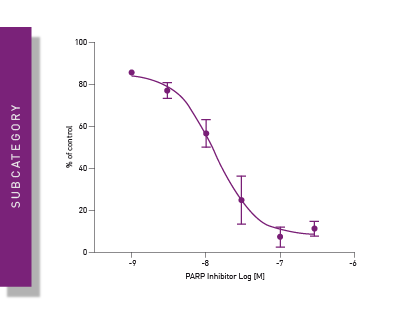
Cell-based microplate assays advance biological research
Cell-based studies provide information about basic cellular processes. These include cell division, barrier functions, cell energy balance, eukaryotic and bacterial metabolism, control mechanisms, cell death regulation, differentiation or pathology. Cell-based methods are not only used for research: toxicity tests replace animal experiments and identify toxic substances in vitro. In addition, cell cultures have become important production organisms for medicines. For example, they produce insulin or monoclonal antibodies used as cancer therapeutics.
Modern cell biology analyses not only measure at a single time point but monitor biological changes over days in real time. To this end, the measurement chamber of a microplate reader needs controlled temperature and gas conditions. BMG LABTECH´s Atmospheric Control Unit regulates CO2 to stabilize the pH in carbonate buffered cell cultures. Additionally, O2 can be set to physiological conditions, which for mammalian cultures is typically below ambient concentrations. BMG LABTECH microplate readers further correct for non-homogenous distribution of a cell layer as they measure several points across the well instead of only reading in the center. With this feature our microplate readers also allow to study cell migration e.g. in scratch wound assays. To avoid biased results due to a undetected mycoplasma contamination, BMG LABTECH readers also offer the possibility of detecting existing contamination.
Setting up a cell biology experiment takes time. Therefore, novel assay solutions measure several parameters at once. The combination of different fluorescent, luminescent and chromogenic assays in one well results in multiple readouts. With a flexible microplate reader, all assays can be measured with only one instrument.

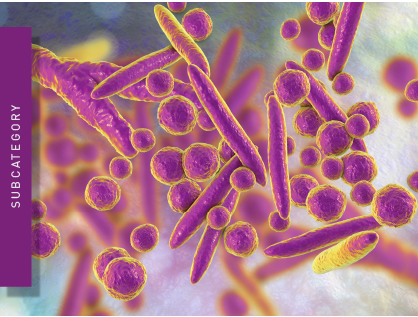
Cell contaminations
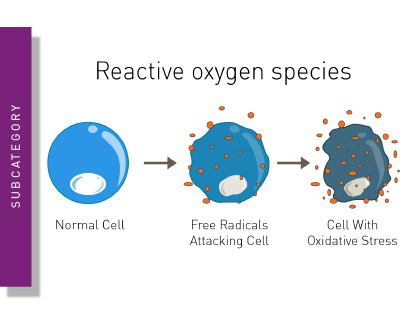
Reactive oxygen species

Metabolism
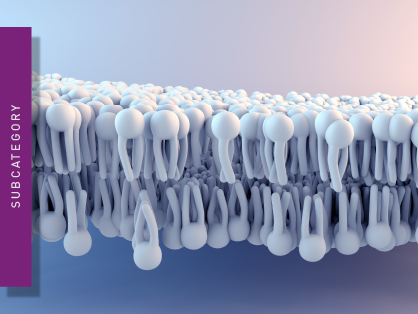
Cell membrane
Resources
Search our resources section for information about specific applications, literature citations, videos, blog articles and many other publications. Many of the resources provided are associated with current and previous instrument models and versions.
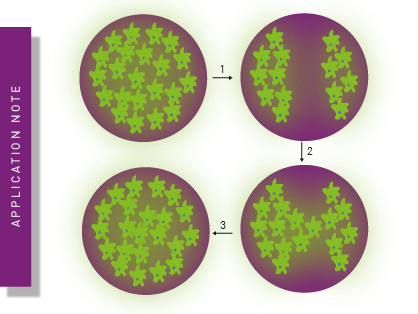
Real-Time Cell Motility Tracking Increases the Throughput of Scratch Wound Assays
Interested in the real-time monitoring of wound healing without the use of a microscope? Read here how bioluminescent visualization of cells enables the analysis with microplate readers.
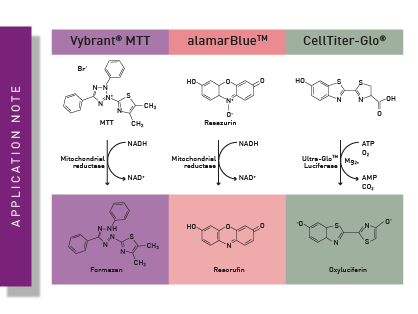
Viability assays: a comparison of luminescence-, fluorescence-, and absorbance-based assays to determine viable cell counts
Not sure which cell viability assay is the best choice for you? This AppNote compares different kits based on absorbance, fluorescence and luminescence readouts.
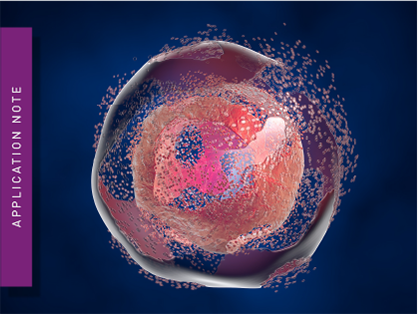
Viral Cytopathic effects measured in a drug discovery screen
Are you looking for a label-free method to study potential antiviral drugs? This AppNote presents a fast and cheap way to study viral cytopathic effects with cell viability/toxicity assays.
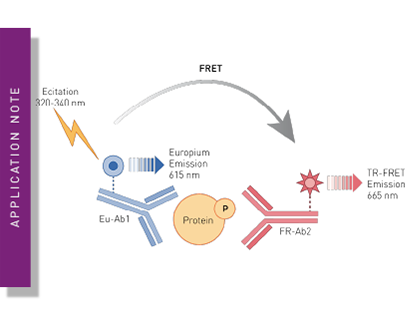
Analysis of ERK1/2, p38αβγ and STAT3 phosphorylation with the THUNDER™ TR-FRET cellular kinase immunoassays
This application note highlights the use of THUNDER™ cellular kinase assays designed to enable the measurement of endogenously expressed phosphorylated proteins.
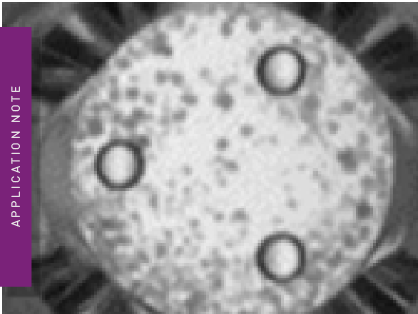
Normalisation of Seahorse XFe96 metabolic assays to cell number with Hoechst stain using well-scan mode on the CLARIOstar® Plus
Looking for an easy way to normalise your cell-based assays? This AppNote describes how Seahorse metabolism data can be quickly normalised with a Hoechst fluorescent cell stain.
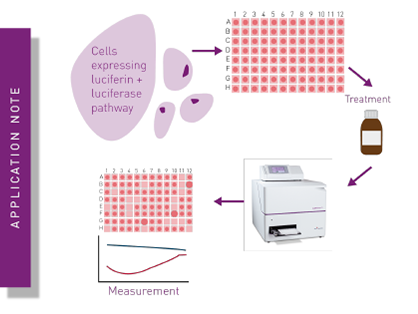
Autobioluminescent cells report real-time changes in cellular metabolism in response to pharmacological challenges
Read in this AppNote how you can measure cell viability increases and decreases in real-time and avoid time consuming optimisation of a suitable assay time window.
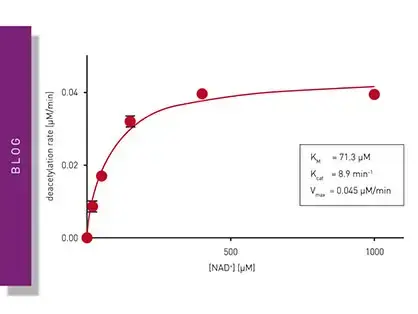
Microbiological applications for bacterial metabolism on a microplate reader
Learn about applications for bacterial metabolism on a microplate reader.
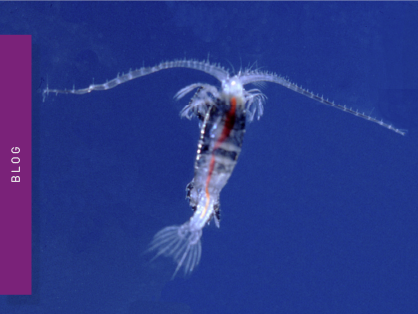
Biology from the deep-sea: engineering the brightest proteins from the depths
Life in the depths of the ocean operates under extreme conditions. Find out how proteins from deep-sea luminescent organisms are useful for measurements on microplate readers.

Role of second messengers and signal transmission
Second messengers play a pivotal role in signal transduction events in cells. But how do you measure these small, transiently lived molecules and how can microplate readers help?
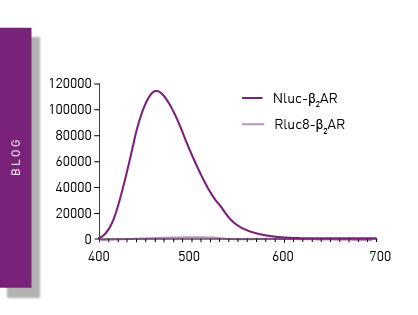
NanoBRET
NanoBRET is used to analyse binding events, signaling pathways and receptor trafficking in live cells and has significantly expanded the range and applications of BRET assays.
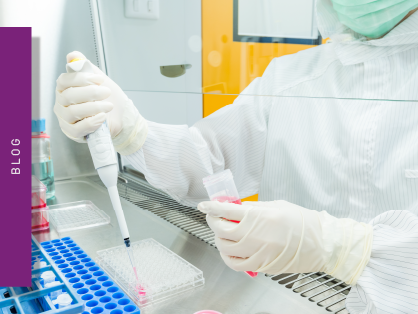
Cell-based assays on the rise
Find out about the different types of cell-based assays and why they have become an indispensable tool in a such a broad variety of disciplines in this blog article.
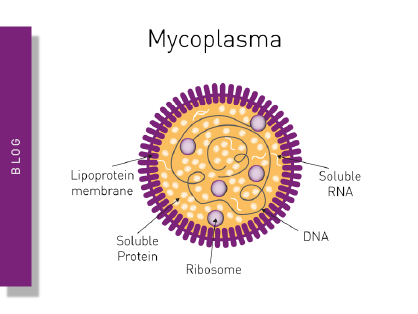
Mycoplasma contamination – how to deal with the invisible enemy?
Read here about the various threats associated with mycoplasma contamination and find out about methods to prevent, detect, and eliminate mycoplasma in your cell culture.
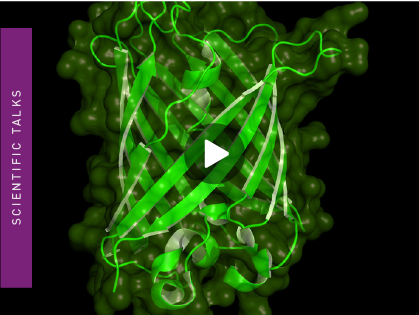
Real-time monitoring of redox changes in cells with a microplate reader
Interested in monitoring redox changes with roGFP in real-time cell-based assays? Find out here how the CLARIOstar can support you in this.
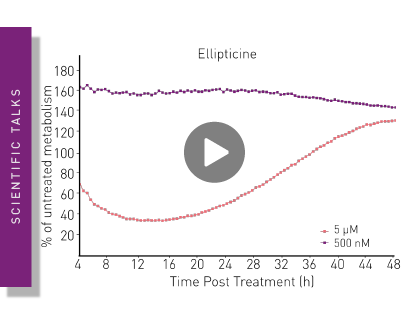
Converting endpoint microplate assays to real-time data output
More measurement points = more information?! This question is investigated in this webinar using the example of cells continuously expressing a synthetic luciferase.
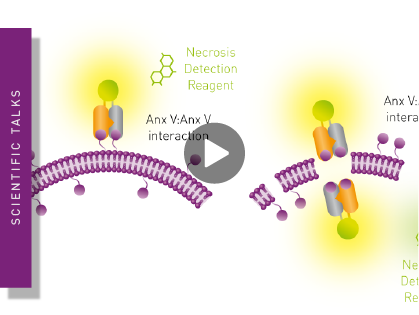
Real-time cell health assays deliver better data with less effort
Optimal cell incubation and continuous data collection throughout 72h real-time cell-based assays? No problem with the CLARIOstar Plus and the Atmospheric Control unit!
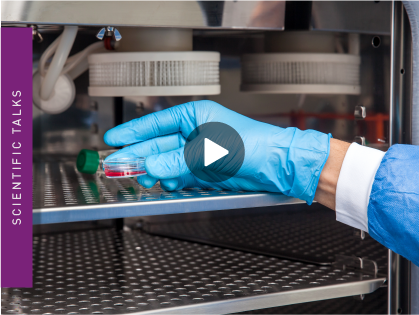
Defining physiological normoxia in cultured cells for translation to animal models and man
How much incubator can you find in your reader? The example of endothelial cells shows how important it is to set physiological conditions in cell culture and how these may vary indicidually.
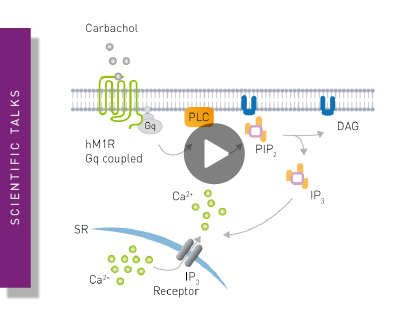
Real time detection of G-protein coupled receptors in living cells
See here, how small measurement intervals on the CLARIOstar Plus enable real-time assessment of GPCR-related Calcium influx in living cells.
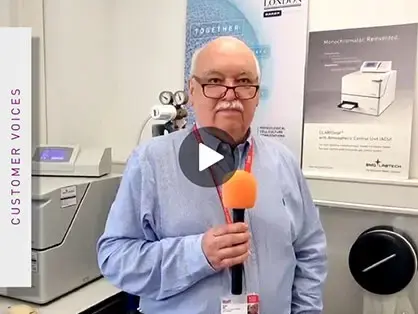
Advancing Redox Research: CLARIOstar Plate Reader at King’s College London
Join Professor Giovanni Mann for an exclusive look inside his King’s College London lab, where cutting-edge oxygen-controlled research is transforming insights into cardiovascular and metabolic health.
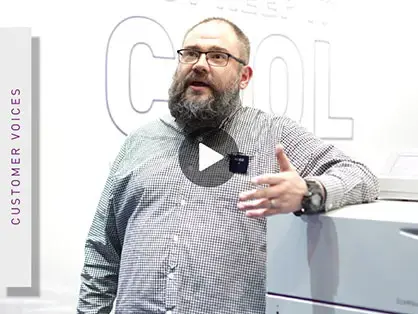
CLARIOstar and PHERAstar support a variety of biological assays in early drug discovery with flexibility and precision
Nick Bland’s benefits: Z´ of 0.9 in HTS studies and the flexibility to run different assays.

Building a bridge between organoid research and drug discovery
Elad Katz founder of Navigate Precision Biology established a 384-well based organoid platform and runs his assays with the PHERAstar.
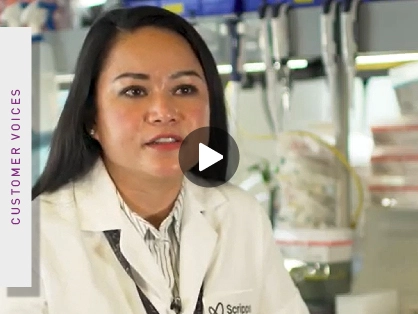
Streamlined and more efficient drug screening with the PHERAstar FSX
Zaida Gloria talks about why she chose the PHERAstar FSX and how this plate reader makes her job easier.
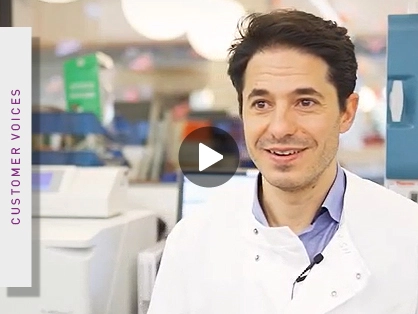
Studying the molecular mechanism of viral replication in real-time
Alfredo Castello-Palomares from Oxford University talks about identifying and characterizing cellular RNA-binding proteins required for viruses to spread.

Developing metabolic cell-based assays on the CLARIOstar
Ryan McGarrigle from Agilent develops fluorescence-based microplate assays to measure metabolism in different cell types.
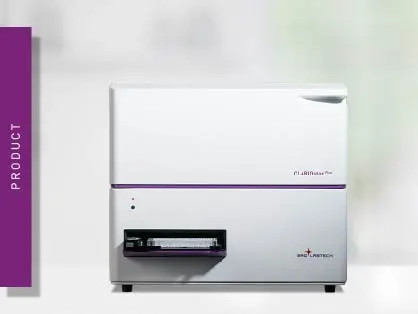
CLARIOstar Plus
Most flexible Plate Reader for Assay Development
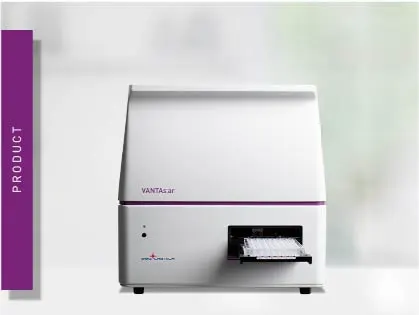
VANTAstar
Flexible microplate reader with simplified workflows
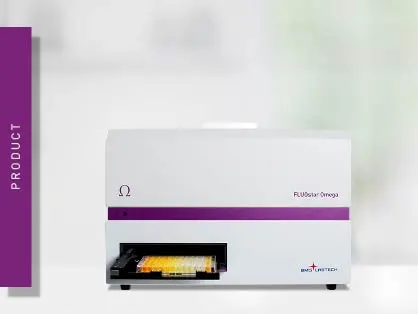
Omega Series
Upgradeable single and multi-mode microplate reader series



